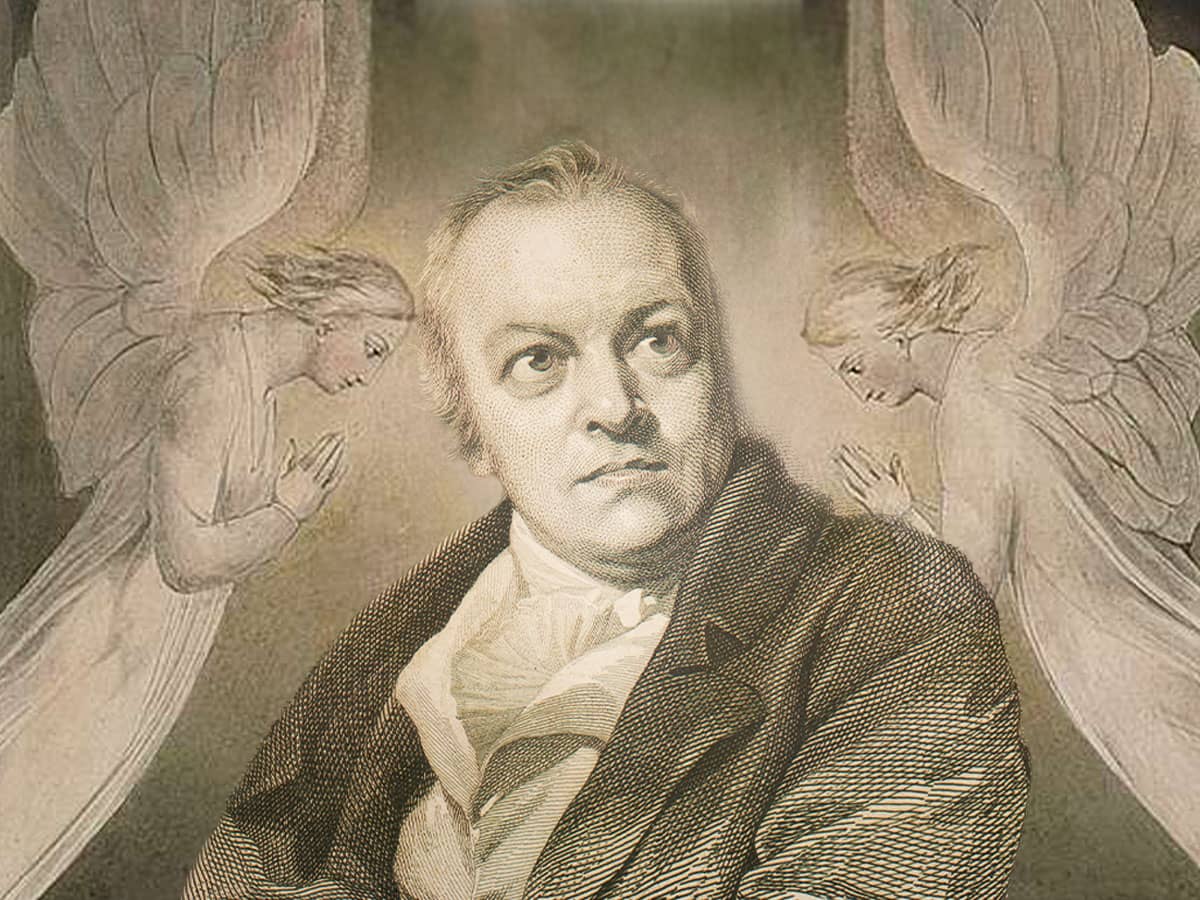
For several years when I was young, my parents spent a month every summer vacationing on a tree-filled mountainside in New Hampshire. We stayed at the top of a dirt road that climbed the mountain for a mile or so before turning sharply to the left and coming to a stop at a little run-down house.
Except the road didn’t really run out there at all. Just at the spot where the road turned left, if you looked carefully, you could see an overgrown entrance to the woods, where the road—thick with weeds and full of potholes, but a road all the same—continued on.
Sometimes, when there was nothing else to do or when I just felt like getting away by myself, I’d slip through that secret opening and follow the section of road farther up the mountain. The best times were sunny and windy—when the only clouds in the sky were big white puffy ones that blocked out the sun for just a moment before moving swiftly on overhead.
The higher up the mountain I’d walk, the fainter the road became, until it was just a hint of track running through the oak, maple and birch trees that stretched off in all directions. Ambling along, I’d sometimes hear a sound coming toward me from far away. I’d stop in my tracks and listen. Closer and closer came the sound, until it was all around me…wind. The trees bent and the leaves vibrated. Acorns, suddenly free from the branches above, crashed like hailstones on the soft forest floor.
Something in the moment was both thrilling and strangely comforting. Alone and completely apart from the world of human company, I suddenly felt that I was really not alone at all.
Though I didn’t know it at the time, I was hardly the first person to discover this sense of mystery that can overtake one alone in the forest. “In the woods,” wrote Ralph Waldo Emerson, “a man casts off his years and is always a child. Within these plantations of God, a decorum and sanctity reign, a perennial festival is dressed, and the guest sees not how he should tire of them in a thousand years. In the woods, we return to reason and faith.”
Not that the woods always appear so friendly and inviting. They can also be dark and foreboding—a place where one can get dangerously lost, as Dante famously tells us in the first lines of his Divine Comedy:
Midway on the journey of life,
I found myself in a dark wood
For the straight path
had been lost.
How hard it is, even to speak
of that savage place
The very thought of which
renews my fear.
Those dark woods of Dante’s appear in countless fairy tales, where characters like Hansel and Gretel and Little Red Riding Hood discover to their dismay that the forest is crowded not with comforting, godly presences, but with wolves, witches and other unfriendly characters set on doing them harm.
Ultimately, there’s no getting away from this double nature of the forest—its role as a place of both unexpected darkness and danger, and equally unexpected joy and light. That mysterious duality is, in fact, the real source of its power. In medieval Europe, seekers of the Holy Grail—the legendary chalice Christ and his disciples drank from at the Last Supper—knew that before they had a chance of attaining the Grail itself, they would have to pass through a forest full of dangers designed not only to test them, but also to purify and strengthen them. Sometimes, the spirit of the forest took on human form in the figure of the Green Man—a creature whose body was made entirely of leaves, twigs and acorns.
Nowhere do we find this double nature of the wilderness expressed more powerfully than in the Bible. The word “wilderness” doesn’t always mean woods or forest when it appears there. Instead it often means desert, or simply a place set apart from human dwellings. But whether they featured actual forests or not, the stories we find in the Bible of men and women who journey into the wild and come back changed are the true inspiration behind countless legends and stories of forest journeys that came along later.
Hagar was banished by her master Abraham after Sarah had become jealous that she was bearing his child. Hagar took refuge “by a fountain of water in the wilderness.” There, the Angel of the Lord visited her and told her the name and destiny of her unborn child, Ishmael. Moses too encountered the Angel of the Lord, in the form of the burning bush, after leading his flock “behind the wilderness” to Mount Horeb. Later, in another wilderness journey, this time to the wild and lonely slopes of Mount Sinai, he came back carrying the tablets of the law.
Jesus met no less a figure than Satan himself during his 40-day sojourn in the wilderness, but he ultimately returned from his time there purified and empowered. I personally find it impossible to hear Jesus’ famous words to Nicodemus about the Holy Spirit blowing where it will without imagining a wind moving freely among trees. For Jesus, there was clearly something healing to be found in wild solitude.
All of these grand and holy adventures are very far away indeed from that New Hampshire hillside where, as a child, I stood and listened to the summer wind moving among the trees. And yet in another way, they’re not so far at all. For whether we are a legendary hero venturing deep into a trackless forest, or just an ordinary person taking a few quick steps off the beaten path and into unspoiled nature, what we encounter there is the same: a place where we can potentially get lost, but where something of the divine also waits to be found.

